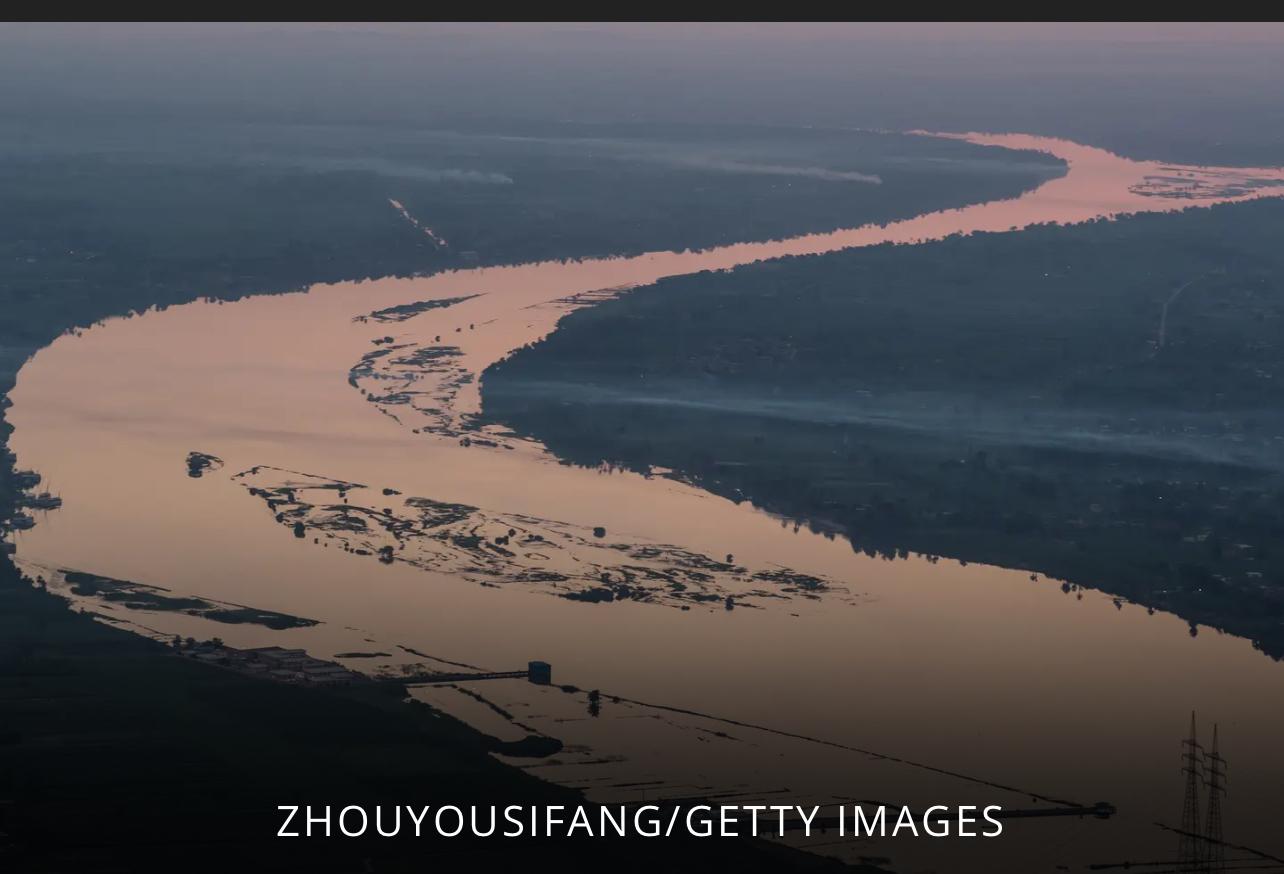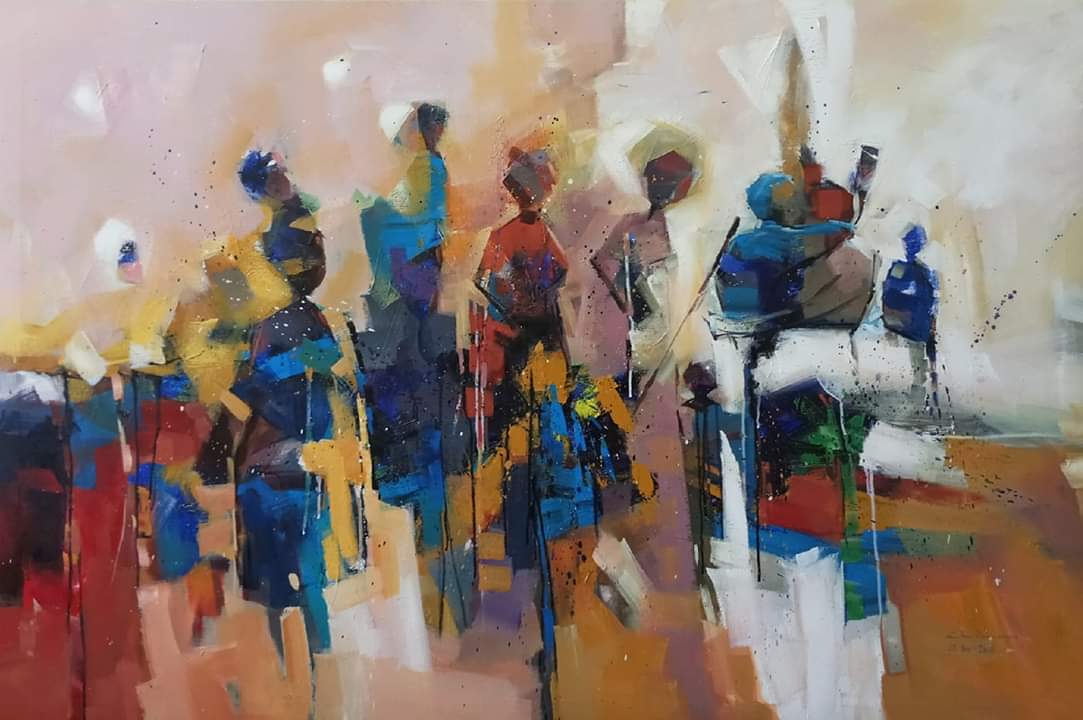The Hapi River, better known today as the Nile River, was the lifeblood of ancient Egypt. The name “Hapi” comes from the ancient Egyptian god of the Nile, who was believed to bring fertility, abundance, and prosperity to the land. The Nile played a crucial role in the rise of Egyptian civilization, providing water, food, transportation, and fertile land for agriculture.
The Role of the Nile in Ancient Egypt
The Nile River, stretching over 6,650 kilometers (4,130 miles), is the longest river in the world, flowing from Central Africa to the Mediterranean Sea. It was central to Egypt’s survival and prosperity. Ancient Egyptians divided the river into two parts:
- Upper Egypt (the southern part, closer to the river’s source)
- Lower Egypt (the northern part, where the river flows into the Mediterranean)
Each year, the Nile flooded, depositing rich, black silt on the riverbanks, creating the fertile soil known as the “Black Land” (Kemet). This natural irrigation system allowed the Egyptians to grow crops such as wheat, barley, flax, and papyrus.
Hapi: The God of the Nile
Hapi was one of the most important deities in Egyptian mythology, depicted as a plump, blue or green-skinned figure with a large belly, symbolizing abundance and nourishment. He was often shown carrying water jugs or making offerings of crops and fish. Egyptians celebrated annual festivals in his honor, praying for the Nile’s floodwaters to sustain their lands.
The Nile’s Influence on Egyptian Civilization
- Agriculture & Economy – The predictable flooding of the Nile made Egypt one of the most agriculturally advanced civilizations of the ancient world. The surplus food allowed for trade, economic stability, and the rise of powerful cities.
- Transportation & Trade – The river served as the primary highway for trade and communication, connecting Egypt to Nubia, Sudan, and the Mediterranean world. Boats transported goods, people, and even massive stone blocks for building pyramids and temples.
- Religious & Cultural Significance – The Nile was considered a divine gift. Many temples were built along its banks, and it was believed that the river was connected to the afterlife, with deceased pharaohs traveling along its waters toward the gods.
- Defense & Settlement – The Nile created a natural barrier, protecting Egypt from invaders, while its fertile banks led to the development of major cities like Thebes, Memphis, and Heliopolis.
Legacy of the Nile
Even today, the Nile remains central to Egypt’s culture, economy, and identity. The ancient Egyptians called it “Iteru” (The Great River) and honored it in hymns and inscriptions, recognizing its unmatched contribution to their civilization. The modern name “Nile” comes from the Greek word “Neilos”, meaning “valley.”
The Hapi River, or the Nile, was not just a waterway; it was the very essence of Egypt’s existence. Without it, the grand civilization of the pharaohs would never have flourished.





